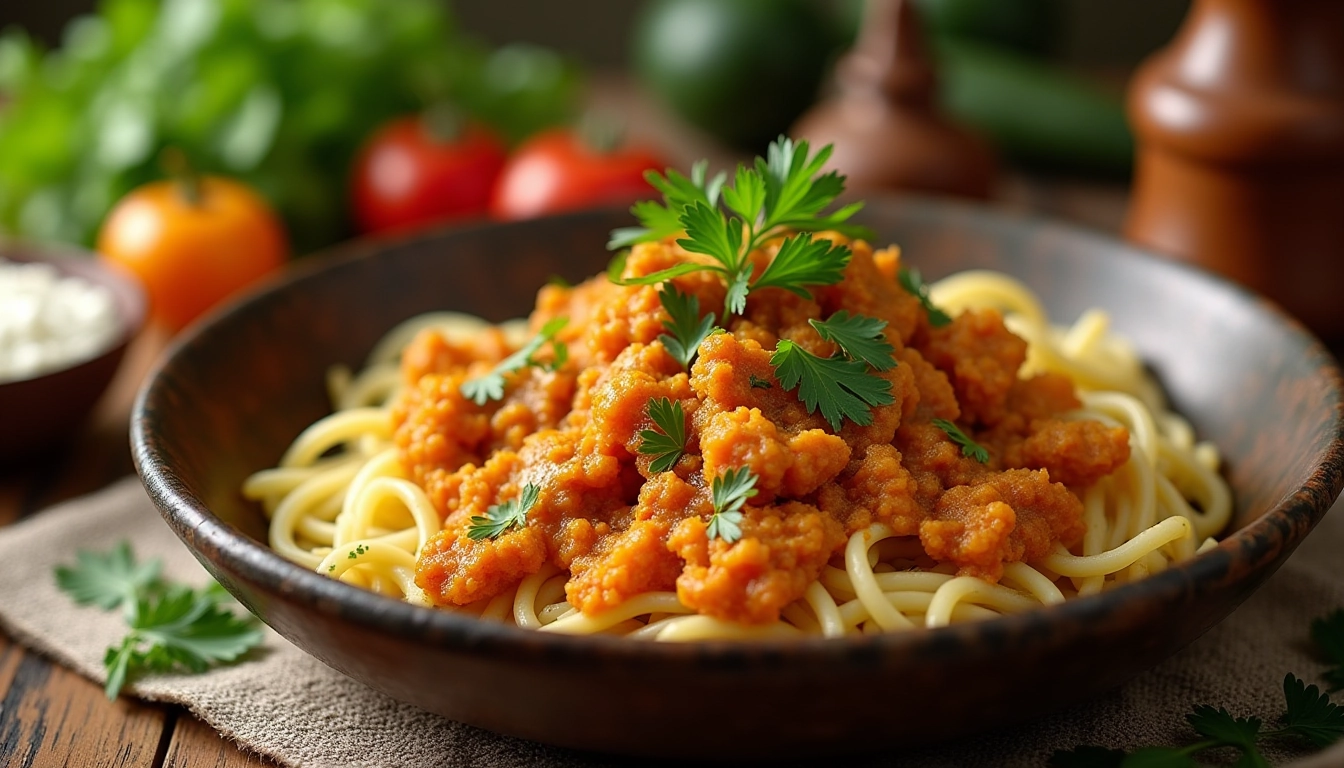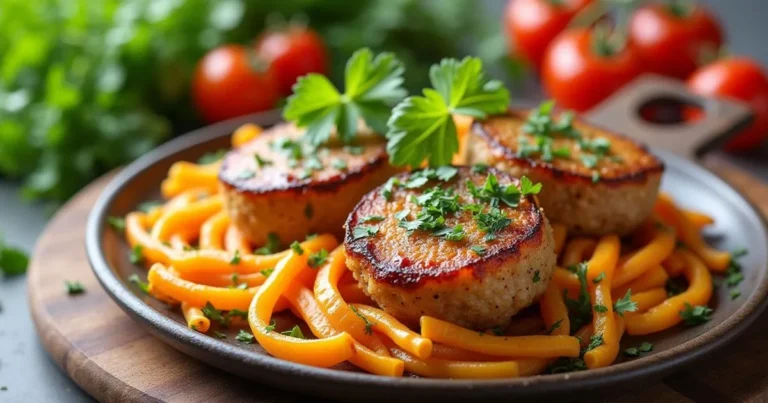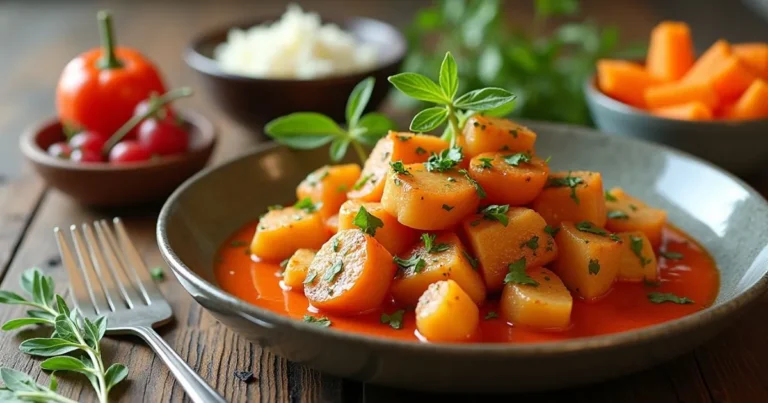New Foods of India: A Culinary Revolution Transforming Traditional Flavors in 2025
Picture this: You’re walking through a bustling Indian marketplace, and suddenly, an aroma stops you in your tracks. It’s familiar yet completely unexpected—turmeric and cumin dancing with ingredients you’ve never encountered in Indian cooking before. Your grandmother’s recipes are being reimagined right before your eyes, and honestly? The results are nothing short of spectacular.
This is the reality of India’s food scene today. Ancient wisdom meets modern innovation in ways that would make your ancestors proud while simultaneously making your Instagram followers jealous. The new foods of India aren’t replacing tradition—they’re elevating it, transforming it, and carrying it boldly into the future.
Whether you’re a curious foodie, a home cook looking for inspiration, or someone who simply loves the thrill of discovering something delicious and different, you’re about to embark on a journey through India’s most exciting culinary renaissance. Let’s explore how a nation known for its timeless recipes is now becoming the world’s most thrilling food laboratory.
Table of Contents
The Renaissance of New Foods of India: What’s Driving the Change?
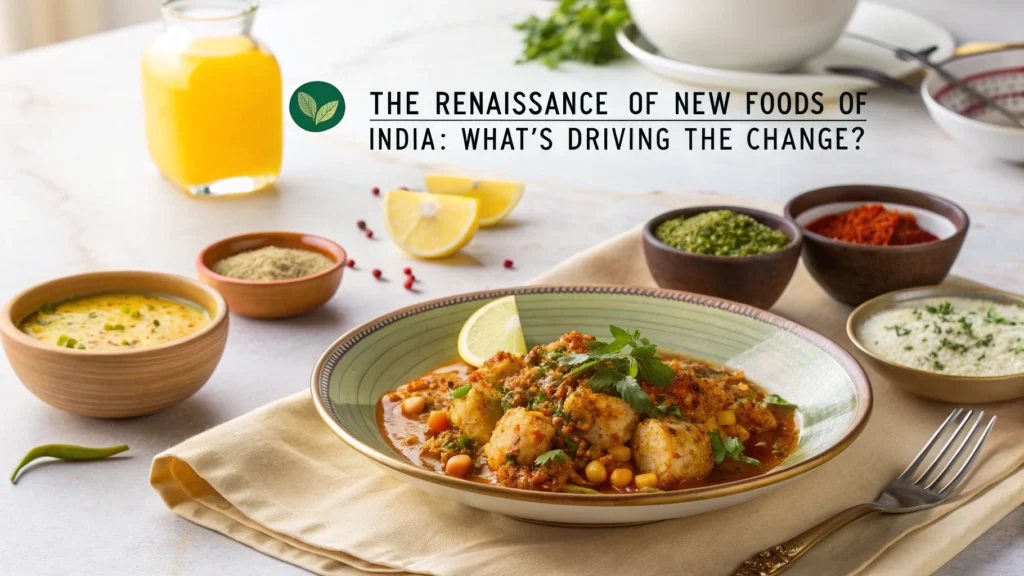
Understanding India’s Modern Food Evolution
You’ve probably noticed how dramatically Indian cuisine has transformed over the past few years. The new foods of India represent something far more significant than a passing trend—they’re the result of multiple cultural, economic, and social forces converging at once.
Think about your own relationship with food. It’s probably changed drastically from what your parents ate at your age, hasn’t it? The same evolution is happening across India, but at lightning speed. Urbanization has introduced millions to international flavors. Social media has turned ordinary home cooks into culinary celebrities overnight. And perhaps most importantly, young Indians are traveling more than ever before, bringing back flavor memories that they’re determined to recreate with a desi twist.
The statistics tell a compelling story. India’s food service industry has exploded to over $50 billion, with innovative and fusion cuisine segments growing at nearly 20% annually. That’s not just numbers on a page—that’s millions of conversations happening over meals that blend the old with the audaciously new.
But here’s what makes this revolution truly special: It’s not being dictated by fancy restaurants or celebrity chefs alone. Street vendors are experimenting with Korean-Indian mashups. Your neighbor might be posting viral videos of chocolate-cardamom fusion desserts. Grandmothers in Kerala are teaching their grandchildren to make traditional appams while incorporating quinoa. This is democracy in delicious action.
The Pioneers Behind India’s New Food Movement
You’ve seen them on your feeds, perhaps even tried recreating their recipes. The faces behind India’s new foods movement come from everywhere—Michelin-starred kitchens, roadside stalls, home kitchens, and everywhere in between.
Contemporary chefs are taking regional specialties global while staying rooted in authenticity. Meanwhile, food entrepreneurs are solving real problems: How do you make traditional breakfast accessible to someone rushing to work? How can jackfruit satisfy a vegetarian’s protein needs while tasting incredible? These aren’t theoretical questions—they’re being answered daily in kitchens across the country.
What’s truly remarkable is watching home cooks rise to prominence. That aunty from Kolkata sharing her fusion recipes? She’s got half a million followers. The young guy from Shillong introducing Northeast Indian flavors to the mainstream? He’s partnering with major food brands. This isn’t gatekept culinary wisdom anymore—it’s crowdsourced innovation at its finest.
Categories of New Foods of India Taking the Culinary World by Storm
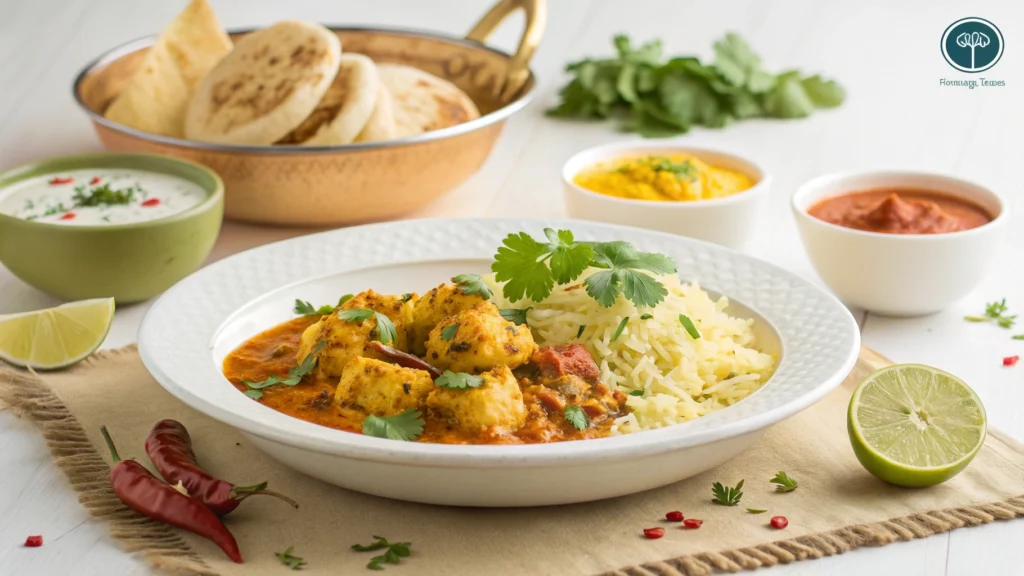
Fusion Foods: Where East Meets West Deliciously
Your first bite of Indo-Chinese chicken probably didn’t feel particularly revolutionary, did it? That’s because fusion has been part of Indian cuisine longer than most realize. But what’s happening now takes that concept to entirely new dimensions.
Imagine biting into a taco where the shell is made from crispy masala-spiced papad, filled with tandoori paneer and mint-cilantro salsa. Or consider pasta tossed with butter chicken sauce, garlic naan served alongside, perfectly al dente meeting perfectly spiced. These aren’t culinary accidents—they’re thoughtful innovations that understand both traditions deeply enough to merge them seamlessly.
The Korean-Indian crossover deserves special attention. Gochujang’s fermented heat pairs beautifully with Indian spice profiles. You’re seeing kimchi dosas in Bengaluru, bulgogi-spiced biryanis in Delhi, and Korean-style fried chicken coated in curry leaf batter. Each combination works because the underlying flavor philosophies—bold, complex, unapologetic—align perfectly.
What makes these new foods of India successful isn’t just novelty. It’s the way they honor both traditions while creating something genuinely original. Your palate recognizes familiar notes—that unmistakable warmth of garam masala, the tang of tamarind—but experiences them in contexts that feel fresh and exciting.
Rediscovered Ancient Superfoods Making a Comeback
Here’s something your great-grandmother could have told you: India’s traditional grains and ingredients were superfoods long before that term existed. The new foods of India movement has rediscovered these nutritional powerhouses and given them contemporary appeal.
Millets are leading this charge:
- Finger Millet (Ragi) is showing up everywhere from breakfast smoothie bowls to chocolate chip cookies. You’re getting traditional nutrition in formats that fit your modern lifestyle.
- Pearl Millet (Bajra) is being transformed into crispy pizza crusts and artisanal crackers. Same grain your ancestors relied on, entirely new applications.
- Foxtail and Little Millet are replacing rice in biryani preparations, offering lower glycemic indices without sacrificing flavor.
But it’s not just grains. Jackfruit has become the darling of plant-based cooking, its meat-like texture perfect for pulling apart into “pulled pork” style preparations. Moringa leaves, once relegated to traditional medicine, are now starring in everything from energy bars to gourmet pesto.
The beauty of this trend? You’re not being asked to sacrifice taste for nutrition. These ancient ingredients are being prepared so skillfully that they’re becoming your first choice, not your compromise option.
Plant-Based and Vegan New Foods of India
Let’s address something important: India has always been a vegetarian-friendly culture, but vegan? That’s relatively new territory. Yet the new foods of India are proving that eliminating dairy and eggs doesn’t mean eliminating flavor or tradition.
You’ve probably wondered how to make paneer-based dishes without paneer. Innovative cooks are creating cashew-based alternatives that crumble similarly, absorb spices beautifully, and satisfy that textural craving. Coconut milk is replacing dairy in everything from traditional sweets to creamy kormas, often with results that taste remarkably authentic.
The plant-based meat alternatives deserve special mention. When jackfruit is shredded, marinated in tandoori spices, and charred properly, your brain genuinely questions whether you’re eating meat. Soy chaap has evolved from a niche product to mainstream acceptance, showing up in wraps, curries, and grilled preparations across the country.
What’s driving this? Partly health consciousness, partly environmental awareness, partly ethical considerations. But mostly, it’s because these new foods of India are simply delicious. You’re choosing them not despite being vegan, but because they’re genuinely crave-worthy.
Regional New Foods of India Going National
Your geography probably determined your food exposure for most of your life. Born in Punjab? You knew your way around makki di roti. Raised in Kerala? Appam was breakfast. But something magical is happening—regional specialties are breaking free from their geographical boundaries.
Northeast Indian cuisine is finally getting its moment. Momos have evolved from simple steamed dumplings to gourmet preparations with innovative fillings. Naga cuisine’s intense flavors are finding audiences who appreciate heat that doesn’t just burn—it complexly layers ghost pepper intensity with fermented depth.
Coastal innovations from Goa and Kerala are moving inland. Modern takes on traditional fish preparations are using sustainable local catches with classic spice combinations. Syrian Christian cuisine from Kerala, with its unique spice blends and cooking techniques, is appearing on menus in Mumbai and Delhi.
Each region’s food carries stories—of trade routes, of cultural exchanges, of ingredients unique to specific microclimates. When these regional new foods of India go national, you’re not just trying a dish. You’re accessing centuries of culinary wisdom that was previously locked behind geographical barriers.
Tech-Enabled Food Innovations
Your smartphone has changed how you shop, communicate, and work. Why shouldn’t it transform your eating experience too? The new foods of India increasingly leverage technology in surprising ways.
Cloud kitchens are democratizing access to regional specialties. That authentic Chettinad curry you could only get in Tamil Nadu? It’s now being prepared in a specialized kitchen in your city, optimized for delivery, arriving at your door tasting exactly as it should. These aren’t compromised versions—they’re often better than what random restaurants serve, because the kitchen focuses exclusively on perfecting specific dishes.
Ready-to-eat innovations are solving real problems. Traditional Indian breakfast requires time and skill. But new packaging technologies are delivering genuine idli batter, dosa mixes, and even fully prepared meals that taste homemade. You’re getting convenience without sacrificing authenticity.
Some innovations border on futuristic. 3D-printed Indian sweets are being developed, each piece identical in shape and flavor distribution. AI-curated spice blends are being created based on your taste preferences. Molecular gastronomy is deconstructing pani puri into foams and spheres that explode with familiar flavors in unfamiliar formats.
Must-Try New Foods of India Recipes for Your Kitchen
Millet Dosa with Avocado Chutney
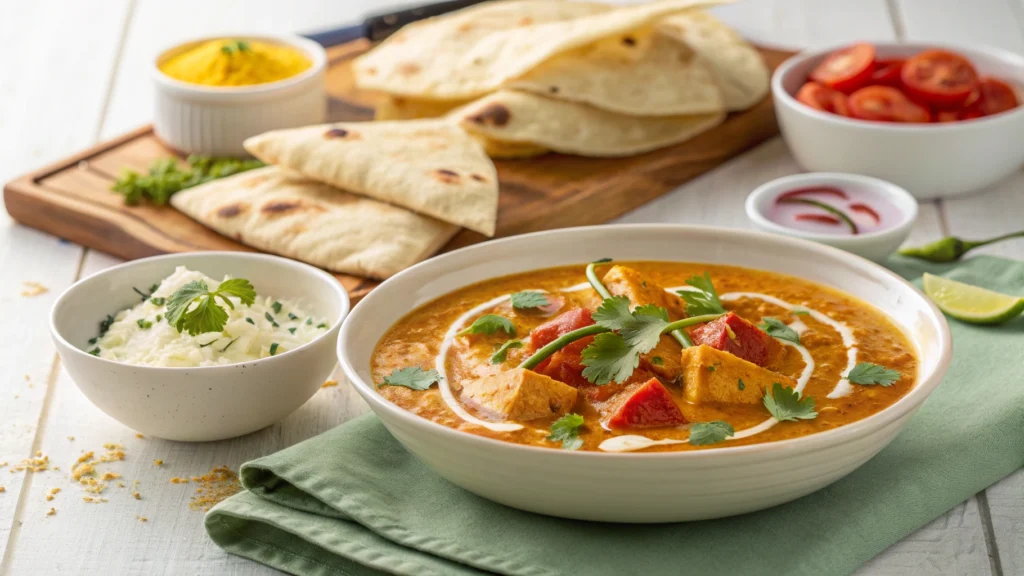
This recipe represents everything exciting about new foods of India—traditional preparation methods, ancient nutritious grains, and contemporary flavor combinations that somehow work perfectly together.
For Dosa Batter:
- Mixed millets (combine ragi and jowar): 2 cups
- Urad dal: 1/2 cup
- Fenugreek seeds: 1 teaspoon
- Salt: to taste
- Water: as needed for consistency
For Avocado Chutney:
- Ripe avocado: 1 large
- Fresh coriander: 1/2 cup
- Green chilies: 2-3 (adjust for heat preference)
- Lemon juice: 2 tablespoons
- Roasted cumin powder: 1 teaspoon
- Salt: to taste
Your Preparation Journey:
Begin by soaking your millets and urad dal separately for at least six hours. This step is non-negotiable—proper soaking ensures better fermentation and easier digestion. When you grind them together with fenugreek seeds, you’re looking for a smooth consistency similar to pancake batter.
Fermentation is where magic happens. Leave your batter in a warm spot overnight. You’ll notice it becoming slightly sour and increasing in volume—that’s beneficial bacteria at work, making your dosa more digestible and flavorful.
For the chutney, simply blend everything until creamy. The avocado’s richness balances beautifully against cumin’s earthiness and coriander’s brightness. This isn’t just fusion for fusion’s sake—these flavors genuinely complement each other.
Cooking the dosa requires a hot, well-seasoned griddle. Pour a ladleful of batter, spread it thin in circular motions, drizzle a bit of oil around the edges. When it turns golden and crispy, fold it over. Serve immediately with your vibrant green chutney.
What makes this one of the most popular new foods of India? You’re getting complete nutrition—protein from dal, fiber and minerals from millets, healthy fats from avocado—in a package that tastes indulgent rather than virtuous.
Jackfruit “Pulled Pork” Tikka Wrap
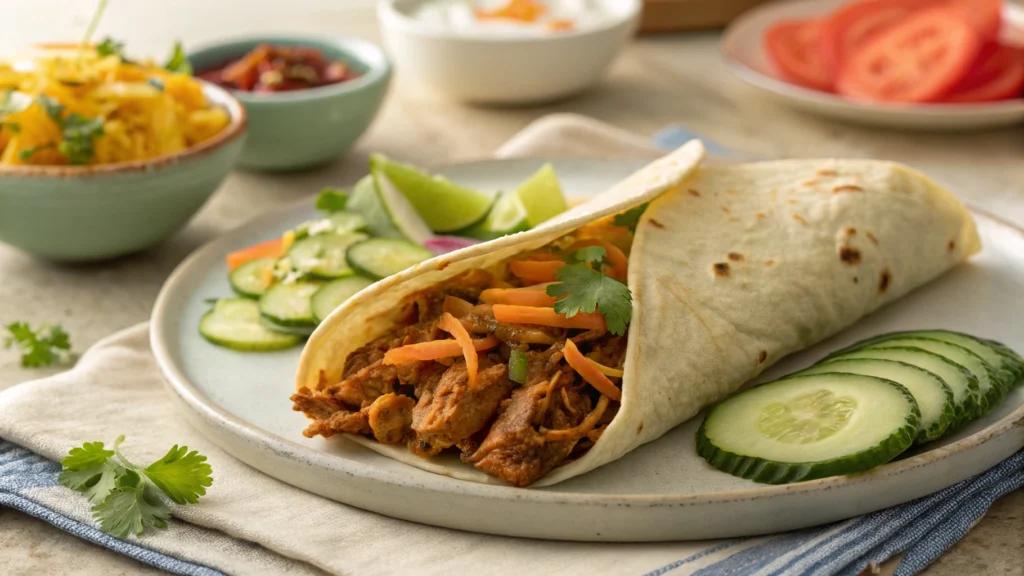
This dish showcases how plant-based new foods of India are achieving the impossible: satisfying meat cravings without any meat.
Main Components:
- Raw jackfruit (shredded): 500 grams
- Whole wheat wraps: 4 pieces
- Red onion (thinly sliced): 1 large
- Mixed bell peppers: 1 cup
- Fresh lettuce: 1 cup
- Mint chutney: 1/2 cup
Tikka Marinade:
- Thick yogurt (or coconut yogurt for vegan): 1 cup
- Tikka masala blend: 2 tablespoons
- Ginger-garlic paste: 1 tablespoon
- Fresh lemon juice: 2 tablespoons
- Kashmiri red chili: 1 teaspoon
- Oil: 2 tablespoons
Your Cooking Process:
Pressure cook your jackfruit until it’s fork-tender. Here’s where technique matters: while still warm, use two forks to shred it. You’re looking for that stringy, pulled texture. The jackfruit’s natural fibers create this effortlessly if you work with it while it’s still hot.
Mix your marinade thoroughly—that yogurt needs to be thick, almost Greek-style consistency. Coat every strand of jackfruit. Let this sit for at least thirty minutes, though longer is better. Those spices need time to penetrate.
Grilling is crucial. Whether you’re using a grill pan or actual charcoal, you want char marks and slight crispiness on the edges. This caramelization adds depth that makes people question whether they’re really eating fruit.
Assembly is where you get creative. Warm your wraps slightly, layer with crisp lettuce, add your spiced jackfruit, scatter onions and peppers, drizzle mint chutney generously. Roll it tight.
Your first bite will surprise you. The texture is remarkably meat-like, the flavors are authentically Indian, yet everything about this screams modern and innovative. This is why it’s become one of the most photographed new foods of India on social media.
Where to Experience New Foods of India: A City-Wise Guide
Mumbai’s New Food Scene
Mumbai has always been India’s melting pot, and nowhere is this more apparent than in its food evolution. You’ll find Khau Galli lanes now offering Korean-style corn dogs with masala coating alongside traditional vada pav. Street vendors in Juhu are experimenting with molecular gastronomy, creating pani puri where the puri is a crispy shell filled with flavored spheres that burst in your mouth.
High-end restaurants in Bandra and Lower Parel are deconstructing traditional Maharashtrian cuisine, presenting misal pav as elegantly plated components. Cloud kitchens throughout the city are making regional specialties from across India accessible through your phone—authentic Manipuri eromba delivered to your Andheri apartment.
Bengaluru’s Tech-Meets-Food Revolution
Your city might be famous for IT, but Bengaluru’s food scene is equally innovative. Farm-to-table isn’t just a buzzword here—it’s practiced religiously. Restaurants are partnering with nearby organic farms, creating menus that change based on what’s harvested.
The microbrewery scene deserves attention. These aren’t just places to drink—the food is becoming equally important. You’re seeing traditional South Indian snacks reimagined as sophisticated bar food. Ragi nachos with paneer cheese sauce. Dosa crisps with multiple dipping chutneys. Each combination is thoughtful, not gimmicky.
Delhi-NCR’s Diverse Innovation
Delhi’s strength lies in its diversity. In Hauz Khas Village, experimental eateries are serving dishes that would confuse and delight in equal measure. Old Delhi’s traditional establishments are subtly innovating—adding unconventional ingredients to time-tested recipes, sometimes successfully, sometimes creating happy accidents.
Gurgaon’s corporate corridors have spawned countless cloud kitchens, each specializing in specific regional or fusion cuisines. Your lunch options have expanded from boring office canteen food to authentic Hyderabadi biryani, Northeastern thalis, or Mediterranean-Indian fusion bowls.
The Future of New Foods of India
Looking ahead, the new foods of India movement shows no signs of slowing. You’re going to see even more regional cuisines gaining national attention. Tribal and indigenous ingredients, previously ignored, are being recognized for their nutritional value and unique flavors.
Technology will continue enabling innovation. Imagine AI analyzing your taste preferences and suggesting spice blends customized specifically for you. Picture 3D printers creating intricate Indian sweets with precision impossible by hand. Consider cultured meat developed specifically for Indian marinades and cooking methods.
Sustainability will become non-negotiable. Climate change is affecting ingredient availability. You’ll see more substitutions based on what grows well locally rather than what tradition dictates. This isn’t compromise—it’s evolution.
Frequently Asked Questions About New Foods of India
What exactly defines new foods of India?
New foods of India encompass innovative culinary creations blending traditional flavors with modern techniques, international influences, or rediscovered ancient ingredients. These include fusion dishes, plant-based alternatives, and tech-enabled food innovations reshaping India’s culinary landscape.
Where can someone experience these innovative dishes?
You can find new foods of India at fusion restaurants in major cities, innovative street food stalls, specialized cloud kitchens, food festivals, and increasingly through recipe platforms for home cooking. Many traditional establishments are also quietly incorporating innovations into their menus.
Are these new foods actually healthy?
Many new foods of India emphasize nutrition, particularly those featuring ancient grains like millets, plant-based proteins, and reduced-oil cooking methods. However, some fusion foods prioritize indulgence over health. Your best approach is choosing options that balance innovation with nutritional value.
Embracing the Delicious Evolution
The new foods of India aren’t about abandoning your roots or forgetting where you came from. They’re about carrying those flavors forward—adapting, experimenting, ensuring that Indian cuisine remains as dynamic and diverse as the nation itself.
Whether you’re savoring a millet dosa at a Bengaluru café, biting into a jackfruit tikka wrap in Mumbai, or recreating fusion magic in your own kitchen, you’re participating in a culinary revolution. One that honors the past while fearlessly embracing the future.
Your Next Step:
Try preparing one new Indian dish this week. Share your experiments on social media. Support local food innovators. Visit that experimental restaurant you’ve been curious about. Most importantly, keep your palate adventurous and your mind open.
The story of new foods of India is still being written—in street stalls and starred restaurants, in home kitchens and food labs, by grandmothers and Gen-Z chefs alike. What will you add to this delicious narrative? Your contribution matters, because this revolution belongs to everyone willing to explore, experiment, and enjoy.
Did You Try Our Recipe ?
There are no reviews yet. Be the first one to write one.

